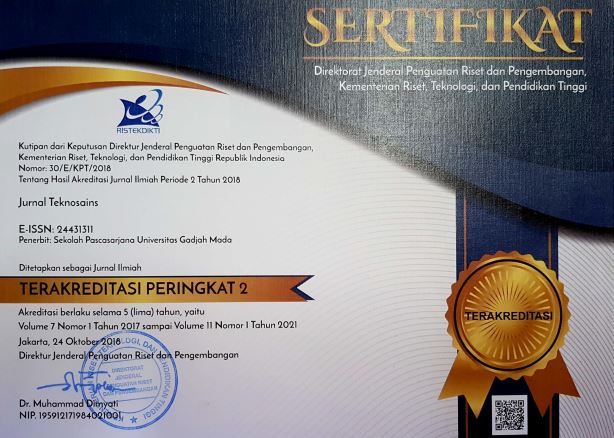DEVELOPING POST-PANDEMIC LIVABLE AND SUSTAINABLE CITIES: PROVIDING SPACE FOR URBAN ACTIVITIES IN BANDUNG
Hanafi Kholifatul Iman(1*), Shafwatus Tsana(2), Nurindah Febriani(3), Niken Prilandita(4), Rose Fatmadewi(5)
(1) Institut Teknologi Bandung
(2) Institut Teknologi Bandung
(3) Institut Teknologi Bandung
(4) Institut Teknologi Bandung
(5) Institut Teknologi Bandung
(*) Corresponding Author
Abstract
Providing space for urban activities and preserving the environment are contradictory issues in urban development, including Bandung City, which COVID-19 exacerbates. With limited carrying capacity, the impact of COVID-19, and high levels of urban activity, there are issues regarding the impact of urban activity on the quality of the post-pandemic urban environment. Therefore, it is necessary to research the limitation of Bandung City's carrying capacity to accommodate post-pandemic urban activities. This research aims to formulate a post-pandemic development concept and framework for Bandung City based on the environment's ability to accommodate urban activities. The approach and analytical method used in this research is descriptive-qualitative analysis, which can explore and focus on deepening the literature used as a basis for drafting the concept. In general, this research results in the concept of a livable and sustainable post-pandemic development, including formulating indicators for Bandung that reflect what Bandung City needs to develop after the pandemic. This research is quite important because it can see the characteristics of Bandung City and formulate its development by the conditions of Bandung City so that the government or planner can use these results as evaluation material or suggestions for the Bandung City and West Java Provincial Government in monitoring and evaluating the implementation of strategies, policies, and programs inappropriate development with environmental capacity in the Bandung Basin Urban Area and North Bandung Area.
Keywords
Full Text:
PDFReferences
De Haan, Fjalar, Ferguson, B.C., Adamowicz, R.C., Johnstone, P., Brown, R.R., and Wong, T.H.F. (2014). The needs of society: A new understanding of transitions, sustainability and livability. Technological Forecasting and Social Change. 85. 121–132. DOI: 10.1016/j.techfore.2013.09.005.
Elliott, J. (2006). An Introduction to Sustainable Development (3rd ed.). Routledge. London. https://doi.org/10.4324/9780203420225
Evan, P. (2002). Livable Cities? Urban Struggles for Livelihood and Sustainability. Global Environmental Politics 4(1): 124-126.
Hahlweg, D. (1997). “The City as a Family” in Lennard, S. H., S von Ungern Sternberg, H. L. Lennard, eds. Making Cities Livable. International Making Cities Livable Conferences. Gondolier Press California, USA.
Heggen, K., Sandset, T.J., and Engebretsen, E. (2020). COVID-19 and sustainable development goals. Bulletin of the World Health Organization. 98. 646-646. DOI: 10.2471/BLT.20.263533.
Klaus, I. (2020). The Post-Pandemic Urban Future is Already Here. CityLab. Available online: https://www.bloomberg.com/news/articles/2020-04-06/how-will-the-pandemic-transform-urban-space.
Muranyi, A., and Varga, B. (2021). Relationship Between the COVID-19 Pandemic and Ecological, Economic, and Social Conditions. Front. Public Health. Vol.9. doi: 10.3389/fpubh.2021.694191
UN-Habitat. 2015. Panduan Internasional tentang Perencanaan Wilayah dan Kota. United Nations Human Settlements Programme (UN-Habitat). Nairobi
UN-Habitat. 2021. Cities and Pandemics: Towards a More Just, Green and Healthy Future (1st ed.). United Nations Human Settlements Programme.
Article Metrics
Refbacks
- There are currently no refbacks.
Copyright (c) 2024 Hanafi Kholifatul Iman et al.

This work is licensed under a Creative Commons Attribution-ShareAlike 4.0 International License.
Copyright © 2024 Jurnal Teknosains Submit an Article Tracking Your Submission
Editorial Policies Publishing System Copyright Notice Site Map Journal History Visitor Statistics Abstracting & Indexing









